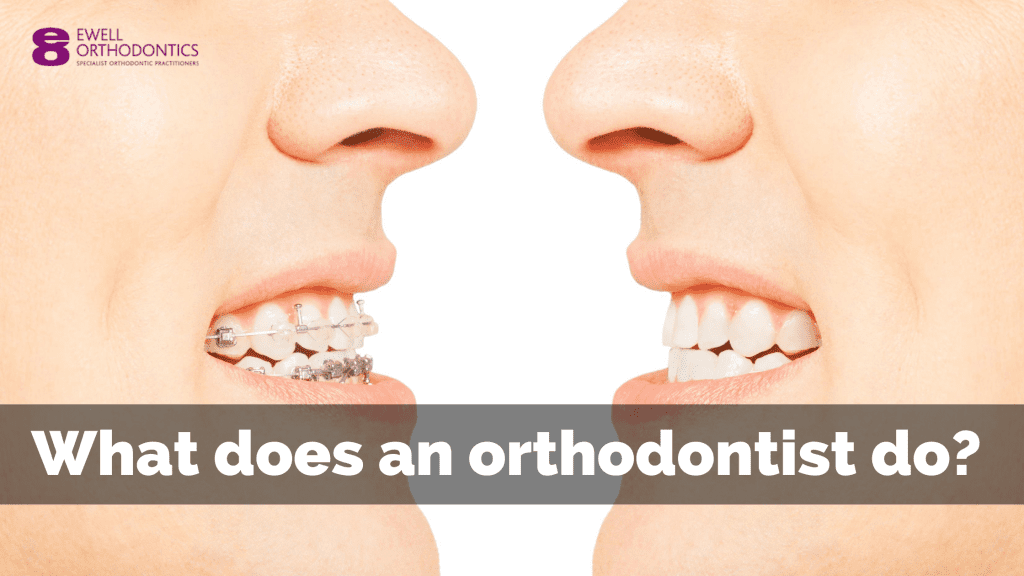All about Legacy Orthodontics
All about Legacy Orthodontics
Blog Article
Excitement About Legacy Orthodontics
Table of ContentsOur Legacy Orthodontics DiariesAll About Legacy OrthodonticsLegacy Orthodontics Fundamentals ExplainedOur Legacy Orthodontics StatementsAll about Legacy Orthodontics
In enhancement, we offer flexible treatment timetables, flexible repayment options and an enjoyable, delightful experience.An orthodontist is a dental expert educated to detect, prevent, and treat teeth and jaw irregularities. They fix existing conditions and are trained to identify troubles that may develop in the future. Orthodontists function with people of all ages, from children to grownups. People typically link a best smile with healthiness.
Malocclusion, or misaligned teeth, can result in oral problems, consisting of dental cavity, gum condition, and hard or excruciating eating. However not everybody is birthed with straight teeth. If you have a negative bite or huge spaces in between your teeth, you might want to consult a dental professional focusing on orthodontic treatment.
Legacy Orthodontics for Beginners
( Picture Credit Score: DigitalVision/Getty Images) Orthodontists use taken care of and detachable oral devices, like dental braces, retainers, and bands, to transform the setting of teeth in your mouth. Orthodontic treatment is for dental abnormalities, including: Uneven teethBite issues, like an overbite or an underbiteCrowded teeth or teeth that are as well far apartJaw misalignmentThe objective of orthodontic treatment is to improve your bite.
A healthy bite ensures you can consume, chew, and speak properly. While you may think about orthodontists as mostly for youngsters or teens that need dental braces, they can remedy oral issues at any age. Orthodontists attend university, oral school, and orthodontic college. After college graduation, they invest 2 or 3 years in an orthodontic residency program.
, but not all dental experts are orthodontists. They focus on two locations: How to properly and safely move teeth Just how to appropriately guide advancement in the teeth, jaw, and faceOnce an orthodontist has completed training, they have the choice to end up being board licensed.
Legacy Orthodontics for Beginners
Misalignment, or malocclusion, is the most common factor people see an orthodontist. It is genetic and is the outcome of dimension differences between the upper and lower jaw or between the jaw and teeth. Malocclusion results in tooth congestion, an askew jaw, or irregular bite patterns. Malocclusion is usually treated with: Your orthodontist connects metal, ceramic, or plastic square bonds to your teeth.
If you have just minor malocclusion, you might be able to make use of clear dental braces, called aligners, rather than traditional dental braces (https://www.mixcloud.com/legacyortho1/). Some people require a headwear to assist relocate teeth right into line with pressure from outside the mouth. After dental braces or aligners, you'll require to wear a retainer. A retainer is a customized device that keeps your teeth in position.
They can develop extra space in the mouth without having visit homepage to pull teeth. Orthodontists utilize cords, surgical screws, or plates to support your jaw bone.
You may need to see an orthodontist if you have: Crowding or otherwise enough space for every one of your teethOverbite, when your upper teeth come your base teethUnderbite, when your base teeth are also far forwardSpacing or concerns with gapsCrossbite, which is when your upper teeth fit behind your base teeth when your mouth is closedOpen bite or an upright gap between your front base and upper teethMisplaced midline, when the facility of your base and top teeth do not align Fixing an oral malocclusion can: Make biting, eating, and speaking easierImprove the proportion of our face and your overall appearanceEase discomfort from temporomandibular joint problemsSeparate your teeth and make them easier to cleanse, helping stop tooth degeneration or dental caries It's frequently a dental professional who initially notices misaligned teeth during a regular examination.
Legacy Orthodontics for Dummies

During your first orthodontic assessment, you'll likely have: An oral examPhotos taken of your face and smileDental X-raysPanoramic (360 degree) X-rays of your face and headImpressions to create mold and mildews of your teethThese tests will help your orthodontist recognize just how to proceed with your treatment. leesburg orthodontics. An orthodontist is a dentist who's had training to treat your teeth and jaw
Orthodontists might execute surgery, exams,X-rays,and even more to aid you obtain a more comfy, healthier smile. An orthodontist is concentrated on your bite, so something like a broken tooth would be taken care of by a dental practitioner. Orthodontists are dentists yet not all dental experts are orthodontists. Orthodontists are concentrated on your bite, or the way your teeth meshed, and the straightness of your teeth.
Ever before questioned exactly how stars constantly seem to have perfectly aligned teeth? The answer frequently depends on the knowledgeable hands of an orthodontist. Yet exactly what does an orthodontist do? Orthodontists are dental specialists that focus on correcting abnormalities in the teeth and jaws. Their know-how goes past simply developing a beautiful smile; it extends to enhancing your total dental health and wellness and function.
Legacy Orthodontics for Dummies

, orthodontists have a varied toolkit at their disposal. These tried-and-true dental braces utilize a system of brackets bonded to the teeth and attached by cords.
Clear aligners, like Invisalign, are a preferred choice for people seeking a more very discreet treatment option. These removable trays are tailor-made to progressively shift the teeth's placement. Headwear may be used together with braces or aligners to apply additional targeted forces, specifically for remedying jaw disparities. In instances of slim jaws, palatal expanders can be made use of to produce space for appropriate tooth positioning.
Report this page